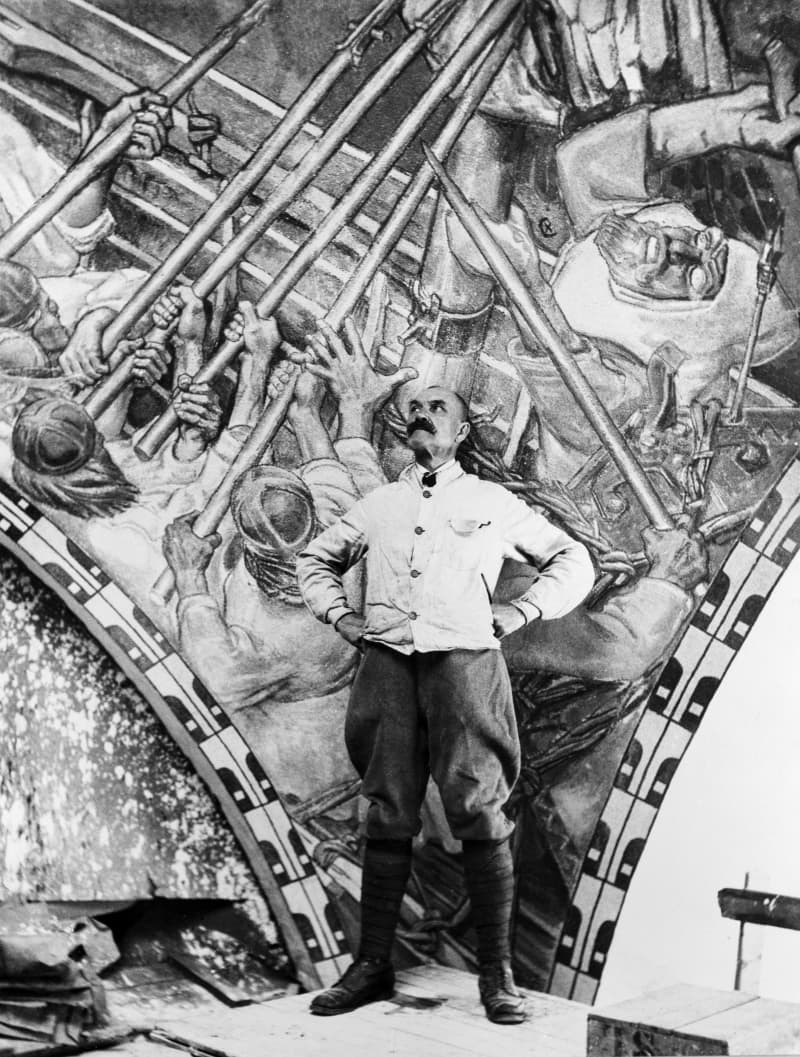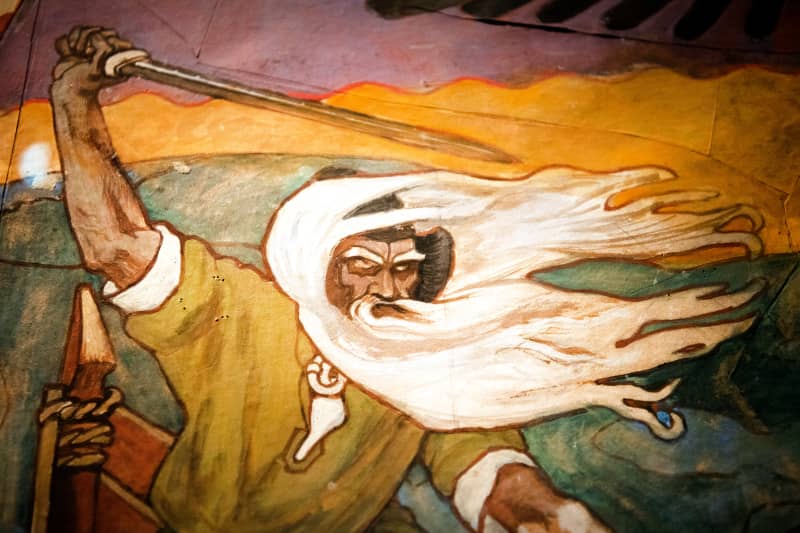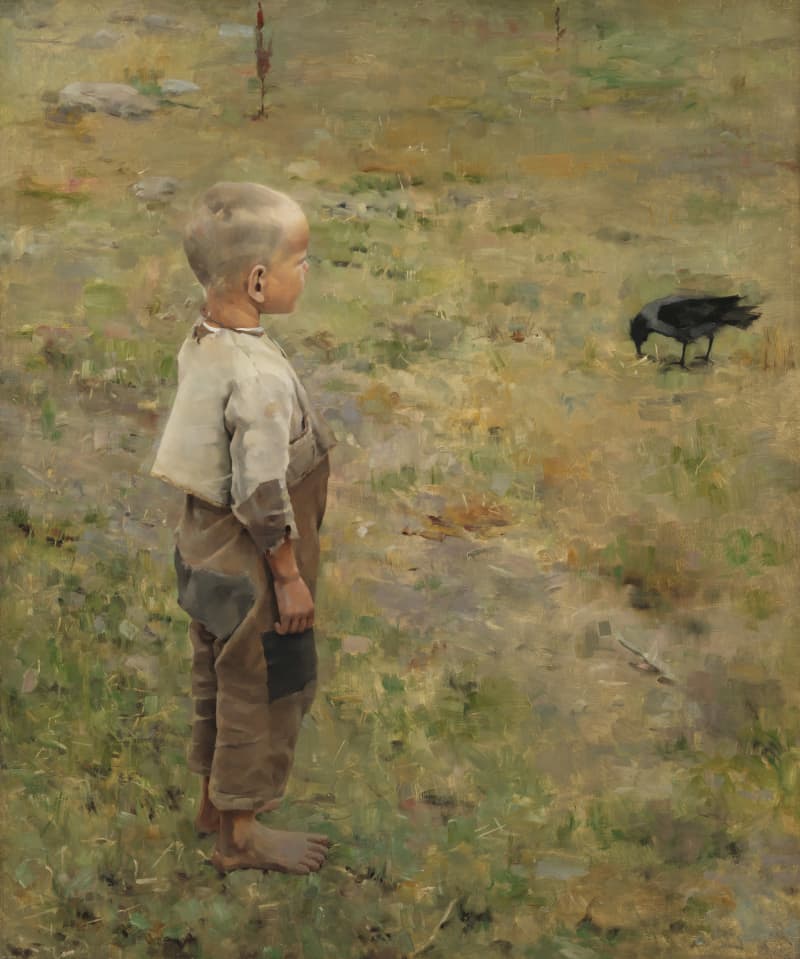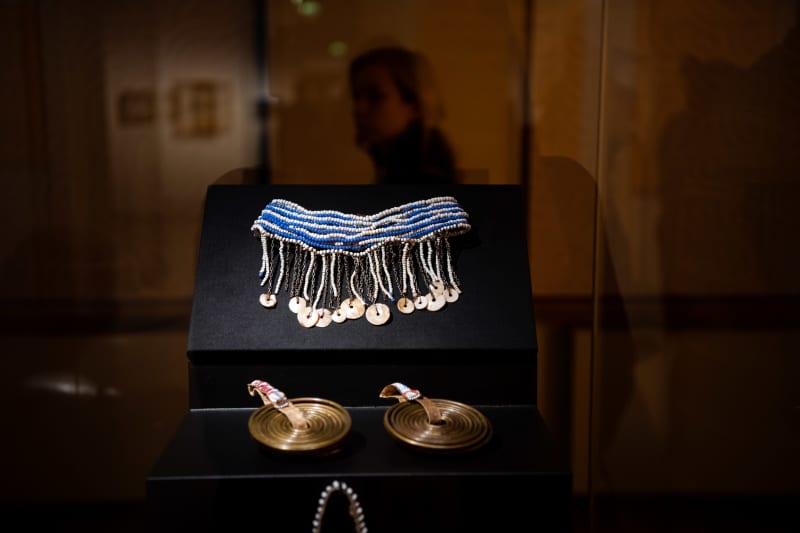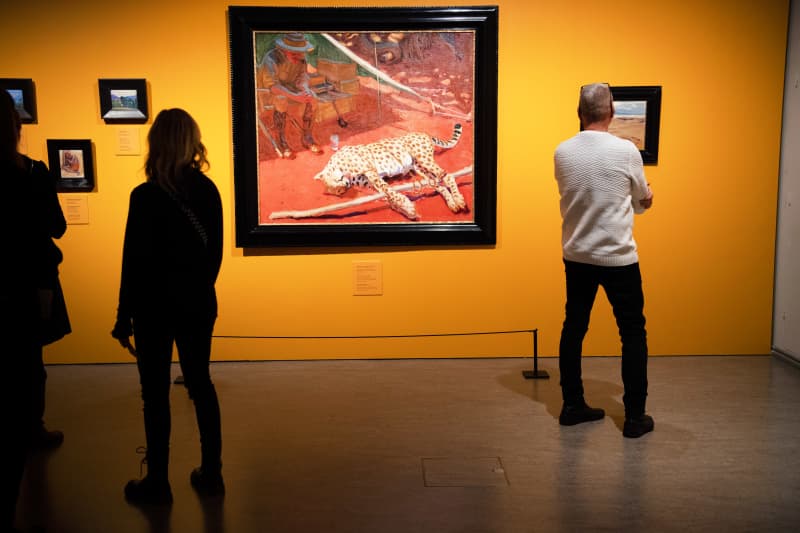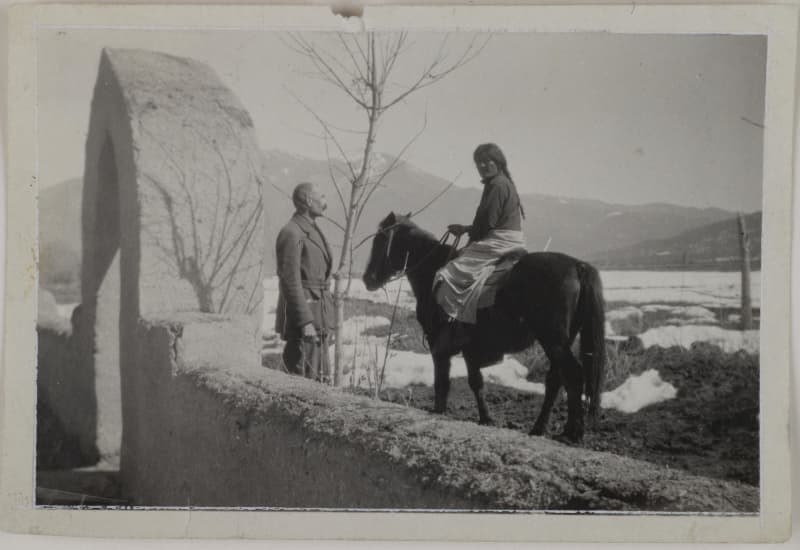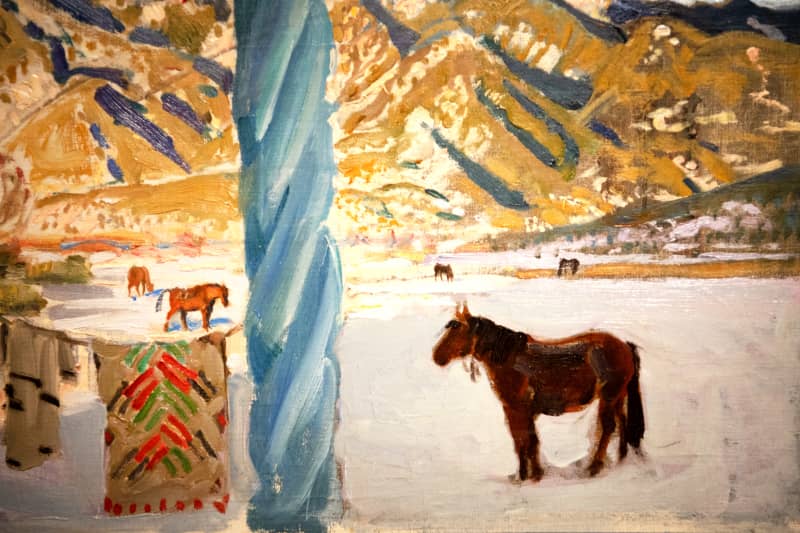Gallen-Kallela is remembered as a master of Kalevala-themed paintings. He was much more, although that is often forgotten.
When you enter the National Museum of Finland, you stand under the work of one of our country’s most famous artists.
Gallen-Kallela painted Kalevala motifs in his most famous works. In the Aino triptych, a young girl flees the approaching old Väinämö by boat.
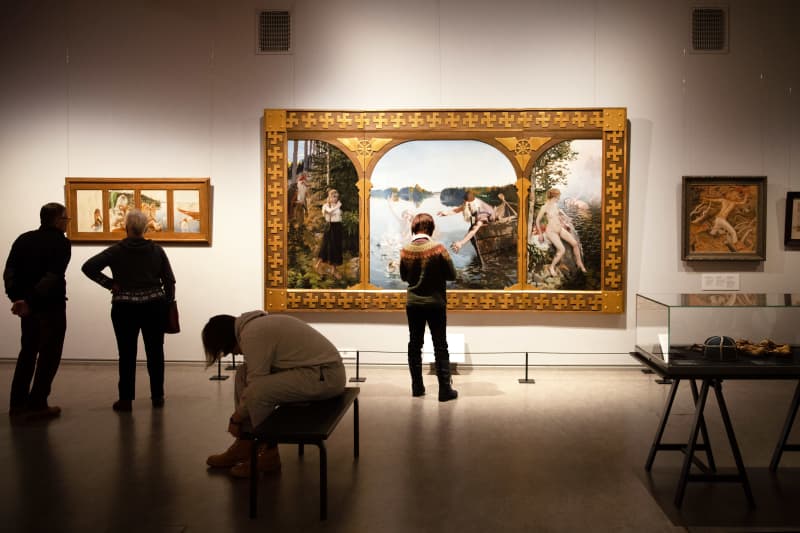
The passionate approach to the Kalevala and the longing for the edge of the mythical authentic and original remained throughout his life.
Salt for the crow’s tail
The National Museum’s exhibition sheds light on the artist’s long career and opens up the versatile production of the internationally known artist. His first and last works are on display.
The artist was only 19 years old when he painted the famous painting *Boy and Crow*.
According to the story, he got the boy to stay in his ways by saying that a crow will become tame if you throw salt on its tail.
– The painting depicts the moment when the boy waits to get close enough to the crow and throw the salt he is holding in his fist onto the crow’s tail.
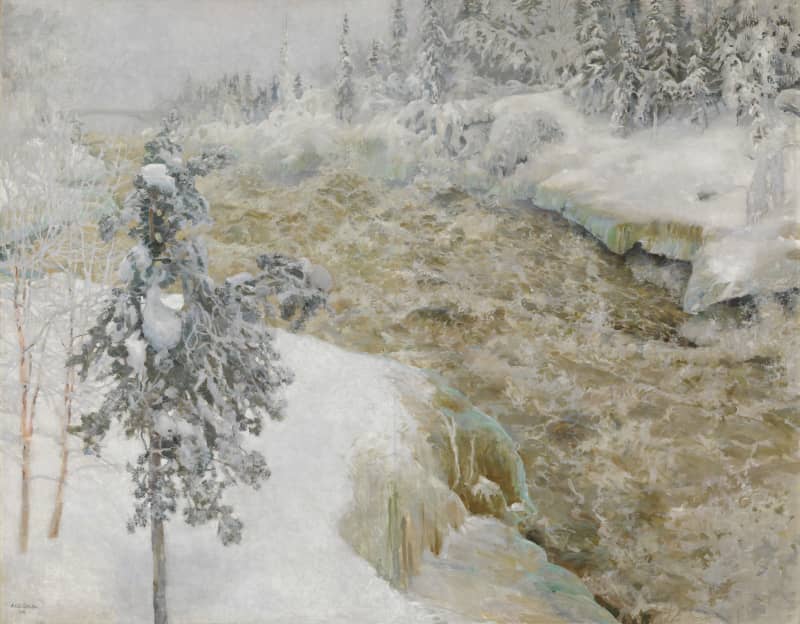
Akseli Gallen-Kallela painted realistic folk pictures and untouched nature and wilderness.
His Finnishness can be seen in his landscape paintings: roaring rapids, calm lakes and snowy forests.
Gallen-Kallela collected animals and objects
Akseli Gallen-Kallela was a cosmopolitan who traveled around the world.
On trips to Africa and New Mexico, the subjects of the paintings ended up being landscapes, local people and animals hunted on safaris.
Gallen-Kallela was also a collector. During his travels, he collected artifacts from the indigenous peoples. Some of them have also ended up in the collections of the National Museum.
He brought animal samples from Africa to the University of Helsinki.
– It seems that he is not quite familiar to everyone. He is of course known as a hugely skilled artist, but the other side of his production has remained unknown to many.
The artist designed advertisements, buildings, furniture, stained glass and textiles such as Liekki-ryijy.
He sketched the first sketches of the badges on the bottom of a Fennia cigarette box.
He was a multi-talent of his time who mastered several art fields and techniques.

The artist followed his own paths
Akseli Gallen-Kallela lived at a time when Finland and Europe were in transition. The era was marked by the transformation of kingdoms into nation-states and the building of an independent Finland.
About a hundred works and objects from the multi-talented artist of his time can be seen in the exhibition.
What was Akseli Gallen-Kallela like as a person?
– He had a longing for freedom. He was a curious experimenter and a follower of his own path, Minerva Keltanen answers.
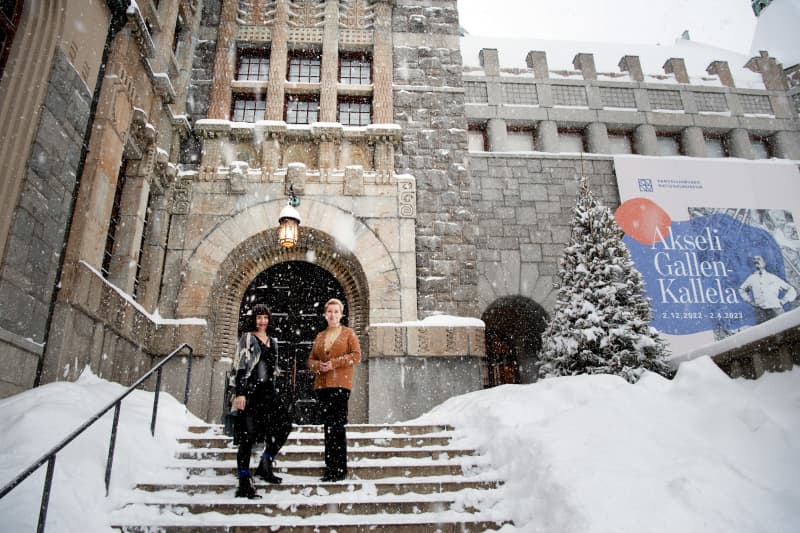
*The exhibition Akseli Gallen-Kallela is on display at the National Museum of Finland until April 2, 2023.*

